Optimal Seasons for Waterproofing
Waterproofing is a crucial process to protect structures from water intrusion, which can lead to damage, mold growth, and structural integrity issues. Proper timing ensures the effectiveness and longevity of waterproofing applications, making it essential to understand seasonal and environmental factors.
Spring and early fall are ideal due to moderate temperatures and lower humidity, which facilitate proper curing and adhesion of waterproofing materials.
Heavy rain, extreme cold, or high humidity can compromise waterproofing effectiveness. It is best to avoid application during these conditions.
Ensure surfaces are dry, clean, and free from debris. Proper surface preparation is vital for adhesion and durability.
Most waterproofing products perform best between 50°F and 85°F. Temperatures outside this range can hinder curing and bonding.

Spring offers moderate weather, making it suitable for waterproofing projects.

Dry summer days provide ideal conditions for effective waterproofing application.
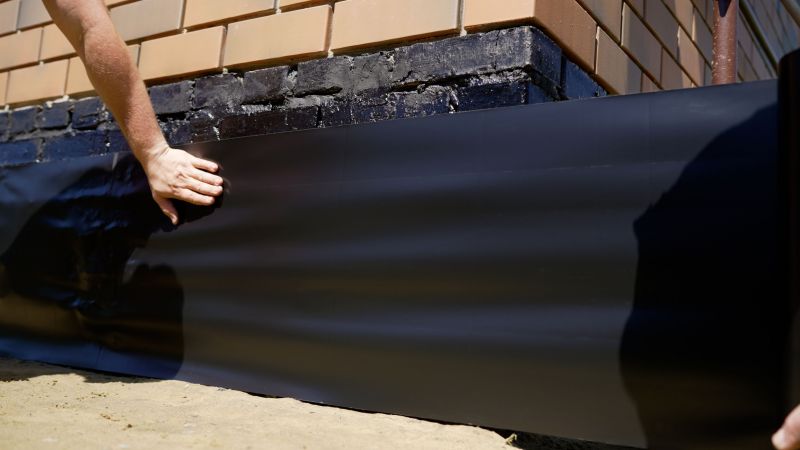
Applying waterproofing in fall helps prepare structures before winter.
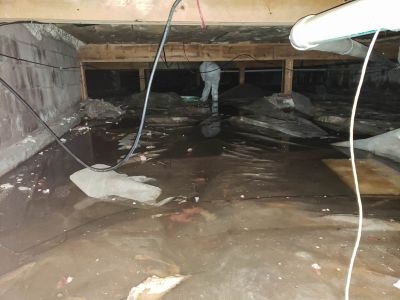
Ways to make Waterproofings work in tight or awkward layouts.
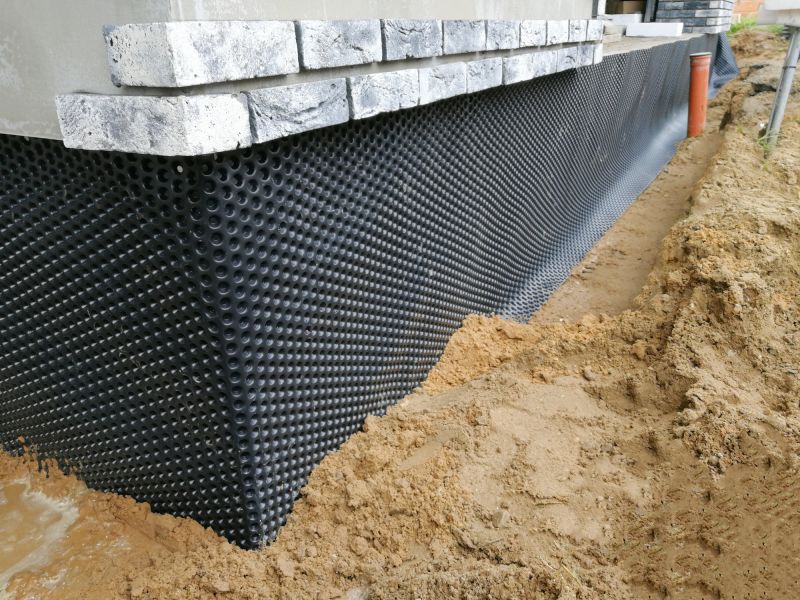
Popular materials for Waterproofings and why they hold up over time.

Simple add-ons that improve Waterproofings without blowing the budget.
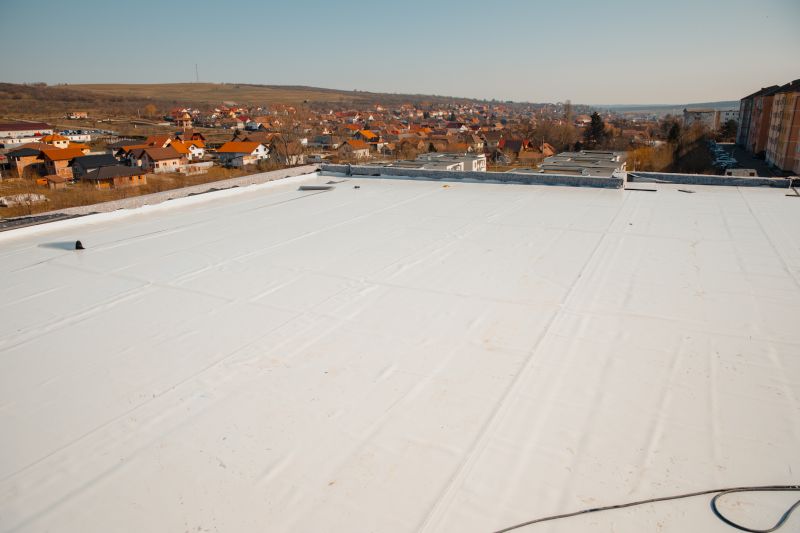
High-end options that actually feel worth it for Waterproofings.
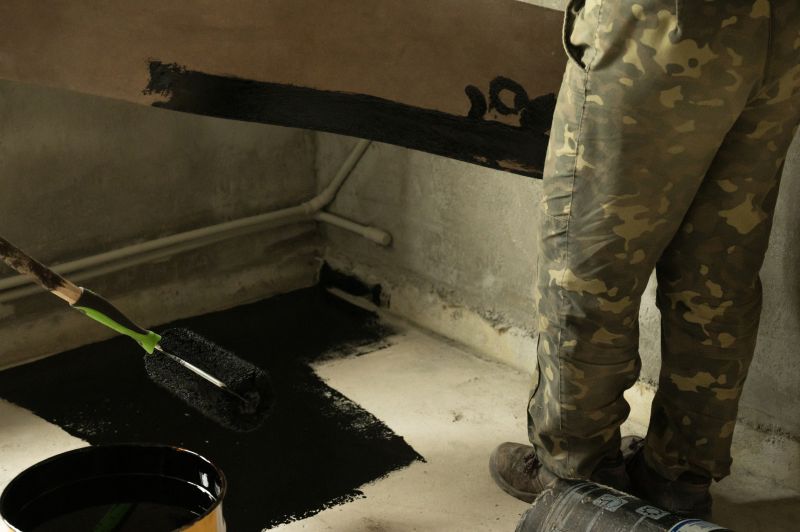
Finishes and colors that play nicely with Waterproofings.
| Season | Ideal Conditions |
|---|---|
| Spring | Moderate temperatures, low humidity |
| Summer | Dry days, temperatures between 70°F and 85°F |
| Fall | Cooler temperatures, dry weather |
| Winter | Not recommended due to cold and moisture |
Waterproofings are essential for protecting foundations, roofs, basements, and other structural elements from water damage. Advances in waterproofing technology have increased the durability and effectiveness of coatings, membranes, and sealants. Proper application timing maximizes these benefits, preventing costly repairs and extending the lifespan of structures.
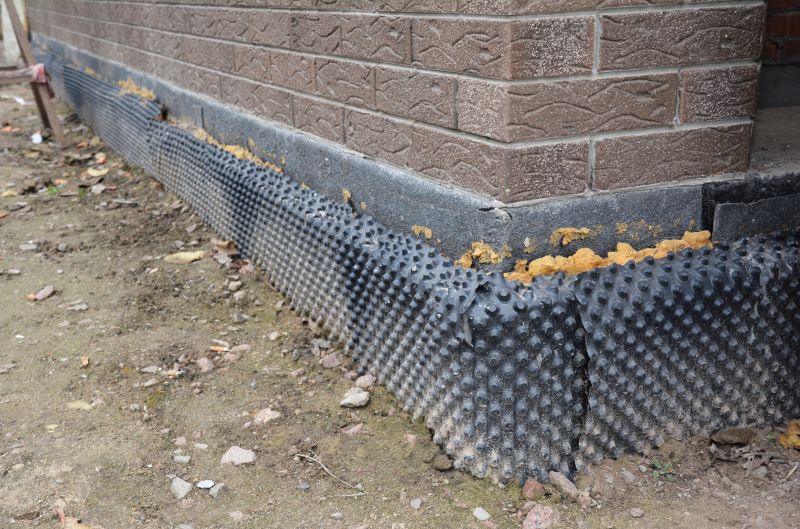
Membranes are often applied during dry weather for optimal adhesion.

Sealants work best when surfaces are dry and temperatures are moderate.

Spring is ideal for basement waterproofing projects before heavy rains.

Summer offers warm, dry conditions for roof waterproofing.
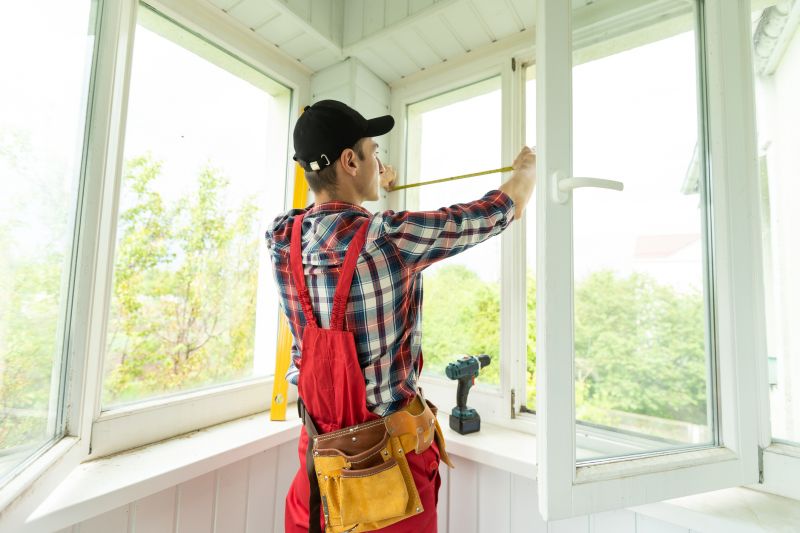
Little measurements that prevent headaches on Waterproofings day.
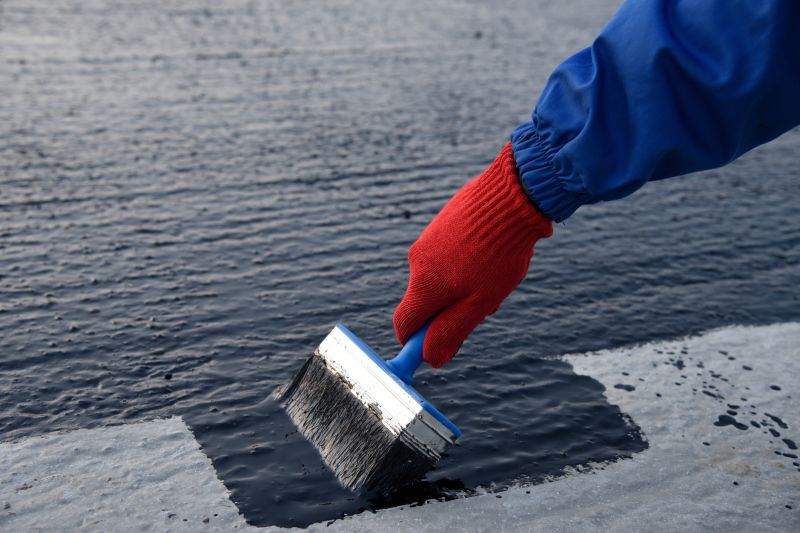
A 60-second routine that keeps Waterproofings looking new.
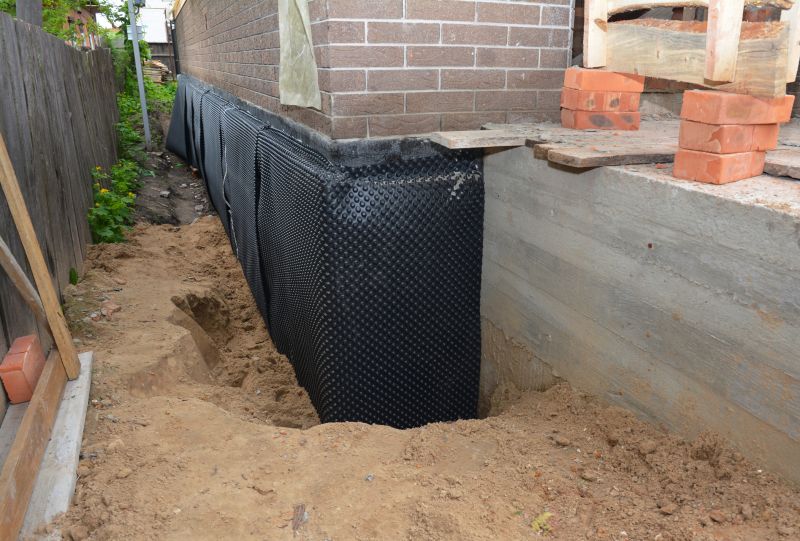
A frequent mistake in Waterproofings and how to dodge it.

Small tweaks to make Waterproofings safer and easier to use.
Choosing the correct time for waterproofing can significantly impact the longevity and performance of waterproofing systems. Proper planning, considering weather patterns and environmental factors, ensures effective protection against water intrusion. Consulting with waterproofing professionals can help determine the best timing based on specific project requirements.
Interested in waterproofing services? Filling out the contact form can provide more information and assistance for scheduling and planning waterproofing projects.

